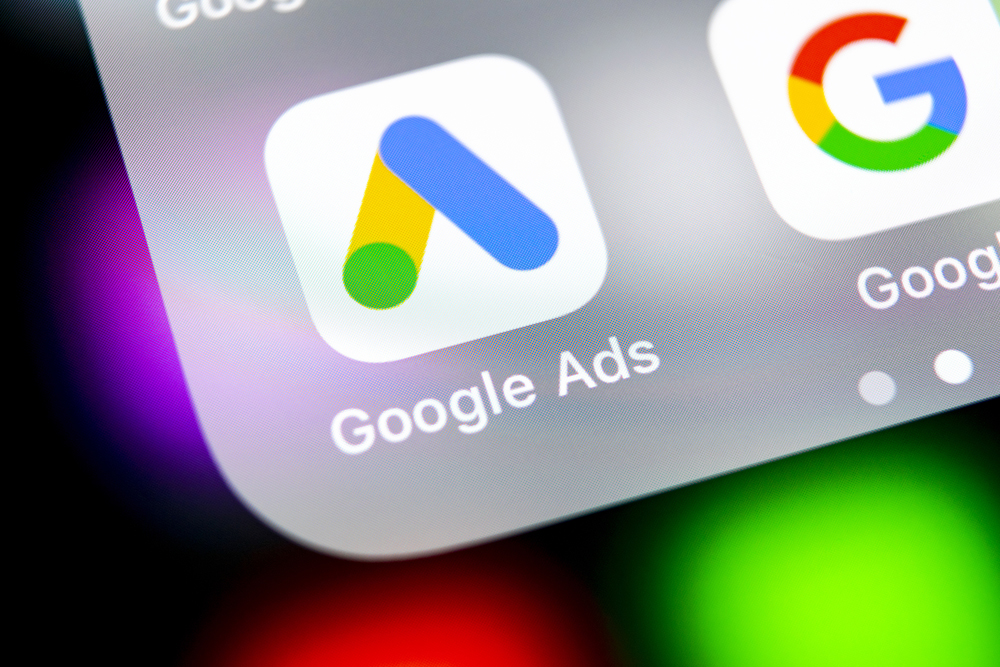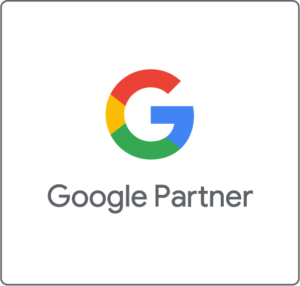Search Engine Land, one of the pay per click industry’s top online magazines, has just published its statistical data analysis for Google Ads performance. Read the full article online.
They identified the following information for 2023 vs. 2024.
Search campaigns:
ROAS up 2% YoY
CPA down 3% YoY
CPC up 22% YoY
Conversion rate up 21% YoY
Performance Max campaigns:
ROAS: Up 1% YoY, from 609.77% in Q3 2023 to 616.36% in Q3 2024
CPA: Up 8% YoY, from $13.92 in Q3 2023 to $15.15 in Q3 2024
CPC: Up 6% YoY, from $0.50 in Q3 2023 to $0.53 in Q3 2024
Conversion Rate: Down 3% YoY, from 3.56% in Q3 2023 to 3.47% in Q3 2024
Shopping campaigns with PMax:
ROAS up 4% YoY
CPA down 15% YoY
CPC down 10% YoY
Conversion rate up 5% YoY
What we find is that while most of our advertisers saw modest year-over-year gains in return on ad spend (ROAS) and conversion rates, the rising cost per click cost cut into those improvements.
For some clients knowing that the cost per click has increased 22% from 2023 to 2024 is not news to them, but to others, seeing the actual data broken down my campaign type may be illuminating.
Although no one likes to have to increase their Google Ads spend budget just to stay competitive, the data points out that ad spend budgets should be reviewed regularly to keep your business competitive in the Google Ads auction.
For existing clients, we are offering a free analysis in December to plan a 2025 Google Ads spend budget by month; allowing you to compete effectively in this changing landscape. Please let us know to add you to our 2025 budget planning session by December 10th and receive a free Google Ads budget plan by month.
If you are not a client yet, you can get a two year analysis and a 2025 Google Ads spend budget by month for $250. Please contact us by December 15th with payment.




